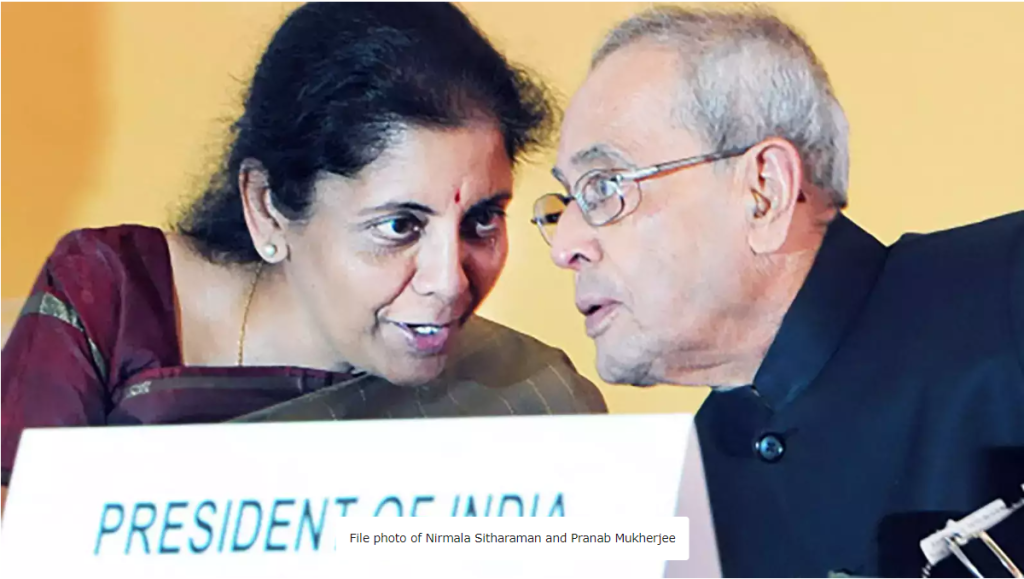NDA adopted and improved on many UPA initiatives. So how can Congress criticise them?
The White Paper on the economy “doth protest too much”, to borrow an oft-quoted Shakespearean phrase.
It lashes out at the UPA government (2004-14) for gross mismanagement of the economy, while showering praise on the NDA era (2014-24). Doubtless, the UPA government committed many blunders and sins. Doubtless, the Modi era improved greatly on what it inherited and built the foundations of a much stronger economy. Yet the White Paper sounds more like a pre-election diatribe than a cool, objective analysis.
A short column cannot go into the details of the paper. It castigates the Congress for high inflation, corruption, fiscal recklessness, and wrecking the financial system.
UPA-1 achieved record GDP growth with little inflation. The White Paper ascribes this not to good management but excellent global conditions. UPA-2 suffered double digit inflation, contributing to its electoral debacle in 2014. But was this just economic mismanagement? No, the price of oil was $40/barrel when the UPA came to office in 2004 but had sky-rocketed to $110/barrel by May 2014, stoking high inflation.
Global food prices also went through the roof in 2008 and stayed high till 2014. The Chicago wheat price in May 2004 was $3.50/bushel, soared briefly to over $10/bushel in 2008 and was still $6.75/bushel when UPA rule ended in May 2014. Other agricultural prices shot up too. India’s Minimum Support Price had to be raised steeply in stages to ensure Indian farmers were not left behind foreign rivals. UPA-2 was unlucky to face a huge inflationary global climate.
Narendra Modi came to office in 2014 when oil was $110/barrel. Within six months the price crashed to $45/barrel. It was a case of ‘achhe taren’ (lucky stars) rather than ‘achhe din’ (happy days). The price later shot up with the Ukraine war and then fell, but is still barely $78/barrel. The White Paper appears to attribute every economic setback under UPA to mismanagement and every lucky break during NDA rule to good management.
The NDA dealt well with the fiscal challenges of Covid, focusing on free food for the displaced rather than a general spending spree. The White Paper contrasts NDA’s good fiscal response to Covid’s fiscal challenge with UPA’s bad response to the Great Recession of 2008.
UPA finance minister Pranab Mukherjee took India’s fiscal deficit to 6.6% in 2009-10 to combat the recession. The White Paper criticises him for leaving the deficit high for too long. But look at the NDA’s own figures for dealing with Covid. The fiscal deficit shot up to 7.5% of GDP (revised estimates) in 2020-21. This has come down gradually but is still 5.8% in the current year, comparable to the Mukherjee deficits that the White Paper lambasts.
The big picture is very different. India is today an economic power to reckon with, a rock of stability in a stormy global environment. It still has major problems in education, health, unemployment, and pollution. Yet, warts and all, India has become the fastest-growing major economy.
This is not necessarily the outcome of bad rule by one party and good rule by another. It is the cumulative effect of reforms and innovations since 1991, and the credit should be shared by all political parties concerned. Mistakes and scams occurred under every government. All have failed to cope with fundamental problems in education, health, pollution and jobs. But every government helped India move from a bankrupt, globally uncompetitive country in 1991 to a sophisticated economy in 2024 that has much to boast about.
The big infrastructure thrust started under Atal Bihari Vajpayee, and was greatly expanded by the UPA but bungled in many ways. The NDA learned from these errors, and made infrastructure a sector to boast about. But this is the cumulative effort of both UPA and NDA.
The JAM trinity — Jan Dhan Yojana, Aadhar, and mobile phones — that the BJP boasts of had its origins in UPA initiatives. Swachh Bharat built on the UPA’s National Rural Health Mission. The Awas Yojana, free housing for the poor, started under Congress and has been taken to new heights by NDA. The Goods and Services Tax evolved through both regimes. So did the clean-up of companies and banks left bust by the Great Recession.
In sum, the NDA adopted, improved and expanded many UPA initiatives. This has left the Congress with a serious problem: how can it criticise the BJP for implementing what began as Congress initiatives?
But from a national long-term perspective, we should be celebrating the creation of a strong economy that was built by many masons. The tone of the White Paper could have done with less of ‘tu tu, main main’.
This article was originally published by The Times of India on February 10, 2024.


